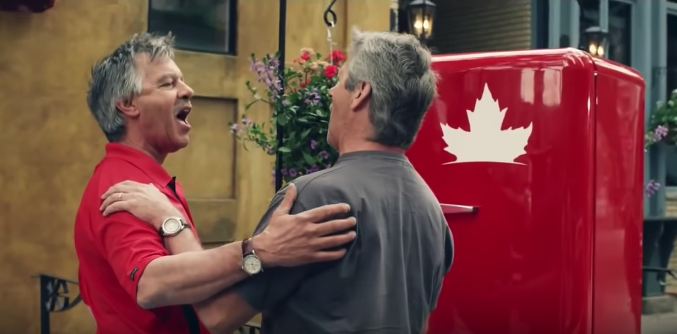Pitching new and experimental engagements with your audience to your boss or client is no easy task, especially when your organization is unfamiliar with experiential design. In the experience economy, inspiring your audience with disruptive media can amplify your impact in monumental ways but too often ideas fail to come to fruition. So how can we advocate for creating engaging environments more effectively to our boss?
Understand your boss’ perspective
For starters, striving to become more aware of the aspects of the business, specific strategies and endeavors, and opportunities for growth that your boss values is a step in the right direction. Likely, you are already intimately involved in many of these efforts but it can help immensely to put yourself in their shoes to see the organization from their eyes as best you can.
Say your boss is trying to create a campaign for a specific holiday to boost revenues. Then coming up with an experience that ties the celebration of that day to your product like Molson’s The Beer Fridge celebrating Canadian Federation Day is a great place to start.
Find a Big Hairy Audacious Goal (that’s tied to the quality of experience)
Be prepared to connect the benefits of an improved experience to your goals as an organization. Where are you headed and what are your key performance indicators on the path to getting there? Great experiences come from big hairy audacious goals that require creative thinking and unconventional methods to create a memorable experience.
…And Solve It
Map out the goal and how creating a memorable experience for your audience will get you there. Make sure to consult any experts within your organization that have an intimate stake in this goal to garner further understanding.
Working with a well-defined goal hand in hand alongside creative and marketing resources expedites the process to collaboratively developing a concept incorporating marketing strategies, innovative technology, and beautifully fabricated objects that accomplish said goal.
Ask questions to clarify with the experience designers any places where you aren’t clear. We’re here to help you to illustrate the experience inside and out with grace.
Experiential Marketing can have profound impacts on the bottom line for big and small companies alike. For instance in the six months immediately following Redbull’s World Record Stratos Freefall, sales rose 7% to $1.6 billion in the U.S., according to research firm IRI.

Plan how to measure the results
Defining strategies to measure impact provides assurance that through studying the effects of the experience, you’ll ensure this is a sound investment of your organization’s money, time, and energy. When creating an interactive environment, there is a massive opportunity to connect the sensors that allow audiences to control various forms of light and sound to record and report their measurements as quantitative and actionable insights.
For Old Navy’s 20th Birthday their #Selfiebration wall generated 640 million twitter impressions, 13,669 contest entries, and 17,498 uses of the tag #Selfiebration.

Connect the experience to your digital presence
In the information age, a majority of organizations are utilizing websites, social media, and other digital technologies to connect with their audiences online. Stepping outside the comfort zone of online marketing strategies into designing an experiential physical environment opens a whole new realm of possibilities to intertwine the two realms. In this case it’s important to illustrate the connection between the existing endeavors online and how this environment will galvanize more sharing on social media, more searches on google and more marketing qualified leads, subscribers, etc.
Refinery29 brought their imaginative spirit into the real world through 29Rooms an experience that connected 29 of their digital partners with audiences and created a plethora of highly shareable content that circulated throughout the web.

Visuals, Visuals, Visuals
So now we have a great idea and a plan to measure its effectiveness. With all this legwork your almost prepared for a great pitch, but there’s one more key concept we’ve discovered along our travels. Developing visual materials of the idea is essential to stimulating the imagination of your boss. We commonly curate pinterest boards to assist with ideation but there is also a well of information from searching both Creative Applications and Vice’s Creators.
-by Paul Elsberg
Check out Alt Ethos’ Projects for examples of how experiential exhibitions, temporary or permanent, can excite a range of audiences.
